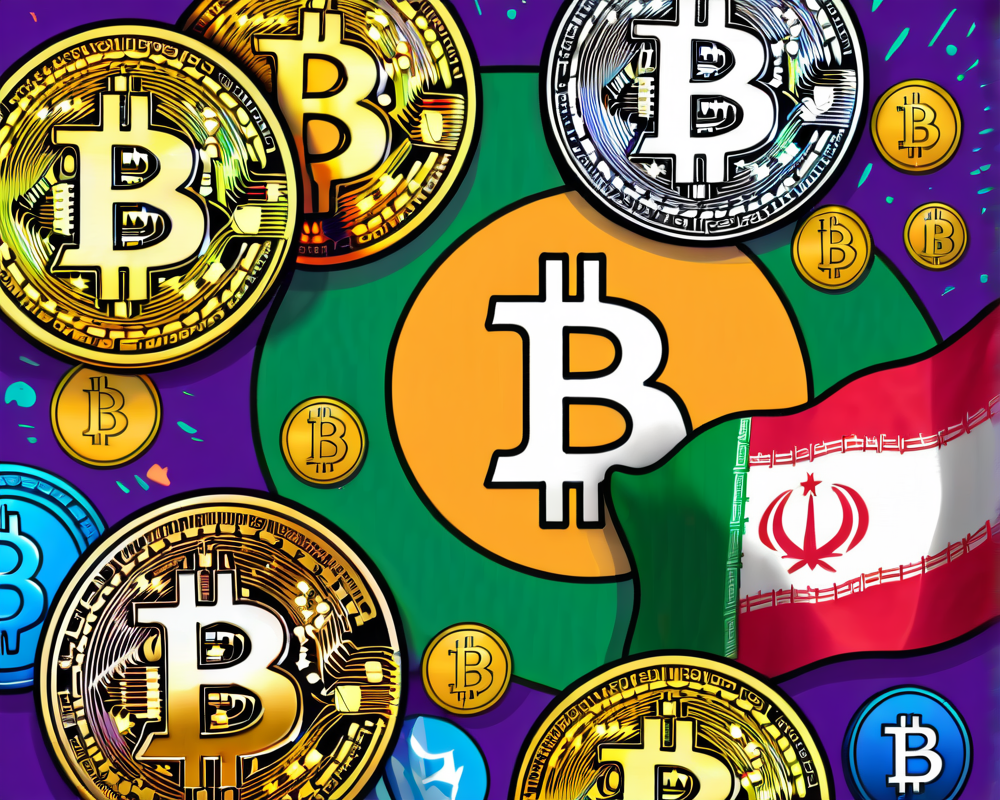Overview of Iran’s Economic Turmoil
Recent geopolitical developments have sent ripples through Iran’s economy, resulting in serious implications for its citizens. Following the US exit from a multilateral nuclear accord, the Iranian rial has taken a nosedive, losing nearly 25% of its value in just six months. The economic situation is so dire that many Iranians are exploring cryptocurrency as a means of survival.
The Rise of Bitcoin in Iran
As conventional methods of finance become increasingly challenging for everyday Iranians, Bitcoin has stepped in as the go-to solution for many. According to local citizens, Bitcoin offers a semblance of stability in a landscape riddled with uncertainty. One resident articulated their reluctance to rely on traditional banking, stating,
“With exchange offices closed, sanctions and the rial dropping like crazy, it seems like a good idea to use Bitcoin.”
Escape Routes: Cryptocurrency as a Lifeline
So, how exactly are Iranians using cryptocurrencies to escape the economic mess? With the official exchange rates unified and stringent measures in place to limit the outflow of capital, innovative methods have become essential. LocalBitcoins has emerged as a preferred platform, boasting at least 17 individuals actively buying and selling Bitcoin in Iran. The prospect of using cryptocurrency is not just about financial stability; it’s about survival.
A Significant Outflow of Wealth
Despite governmental attempts to rein in currency flight, reports indicate that citizens have managed to move approximately $2.5 billion out of Iran in cryptocurrencies. This staggering figure sheds light on the extent to which digital assets have become invaluable amidst the turmoil. It also raises questions regarding governmental policies that seem ineffective in curbing the capital outflow.
The Iron Grip of Regulations
In a bid to control the crisis, Iran’s central bank enacted a blanket ban on domestic financial institutions engaging with cryptocurrencies. This seemingly futile effort only highlights how prevalent crypto adoption has become. Moreover, experts suggest that Iranians are resorting to mixers—services that obscure transaction origins—to navigate around these restrictions. Coins focused on anonymity like Monero or Litecoin are gaining traction, providing additional layers of privacy.
The Future: State Interventions and Digital Currency
While individual citizens are rapidly adopting cryptocurrencies, the Iranian government is also eyeing its own digital currency. Earlier this year, a state-backed digital currency initiative was announced, with preliminary models already tested. This move mirrors Venezuela’s Petro, which similarly emerged from economic sanctions. However, this poses risks; advisers speculate US restrictions could hinder the effectiveness of such a digital currency.
Conclusion: Cryptocurrencies in Transition
In a landscape where traditional banking systems have faltered, the burgeoning interest in Bitcoin and other cryptocurrencies among Iranians highlights an urgent need for alternative financial solutions. While the road ahead may be fraught with challenges, both for individual citizens and governmental institutions, one thing is clear: cryptocurrencies are redefining financial landscapes in a profound way.




